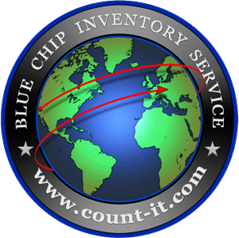
One of the most important things in supply chain planning in retail or other businesses is being able to efficiently order and sell stock in stores and online. The communication between the systems in a brick and mortar building and a website are critical to maximizing efficiency and profit.
With the clear rise of the internet came the e-commerce business. While not every store manager was all aboard the trains of change, it did not take long to realize where consumers were headed and to put measures in place that would capture them online. However, those measures are not always great to withstand the tests of time and have effective operations.
Companies that choose to operate their online and store channels completely separate of one another face an interesting challenge. With two sets of stock to track and order for, their forecasting needs to be accurate. Unlike companies that have a single-stock-pool, these organizations have to protect themselves from having a stock imbalance in either or both supplies (online or in-store). Otherwise, they risk losing a lot of money if one or both of them is overselling with not enough stock or underselling with too much stock.
It is typically better to have a single stock pool that serves both in-store and online channels. This allows a more equal distribution between both as demand fluctuates. Even with the holdings in the same place, it might be helpful to have separate forecasts for each channel to keep up with how things are changing and what trends can be noticed. It also helps to do things like promotions or events separately as they make sense online or in the store.
Using inventory management technology can certainly help business folks to find the sweet spots for stocking both in-store and online retail channels for different stores. With the use of smarter technology that tracks purchases and inventory, you will be able to see trends in inventory needs that allow better forecasting and ultimately better service to customers.


This calculator can help you determine the selling price for your products to achieve a desired profit margin. Try It Free >
Our Audit/Verification Service is available globally - from Thousand Oaks, CA to Timbuktu. Learn More >
Don't just take our word for it. Find out what our clients are saying about our services.
See actual testimonials >
From Retail and Gross Margin Inventory reports, to SKU and Price Verification reports, Blue Chip Inventory provides complete inventory service. See samples >






